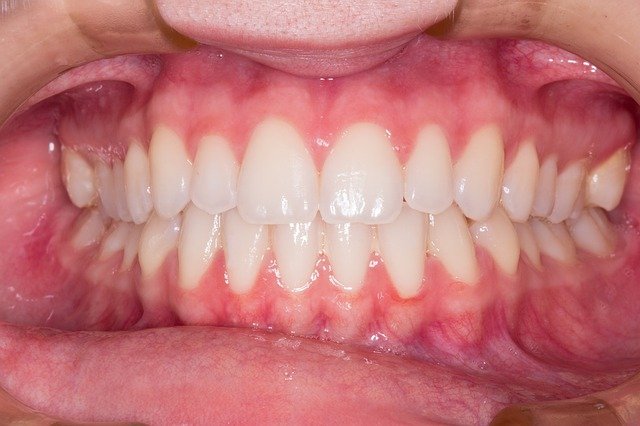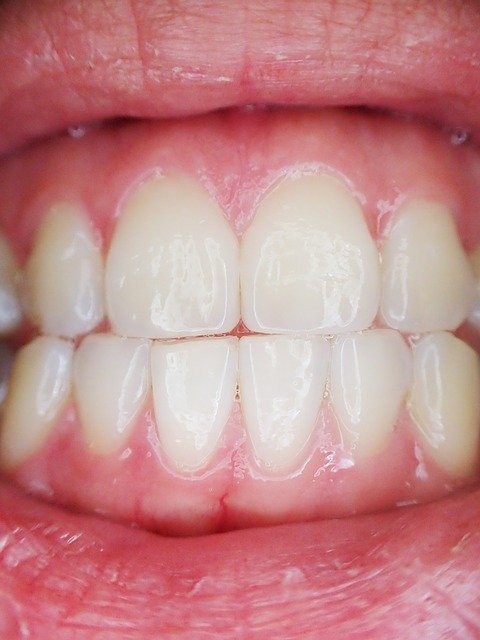
by Smile Glen Ellyn | Jan 15, 2022 | Common Conditions, Blog, Dental Emergency, Oral Health
For those who have a highly diseased tooth, root canal treatment is an effective way to save it. The common dental procedure removes infected pulp from the inside of the root of the affected tooth. The canal is cleaned, filled, and sealed to prevent infection or...

by Smile Glen Ellyn | Jan 24, 2021 | Gum Health, Blog, Preventative Dentistry
Sometimes, Dr. Gibbs recommends tooth scaling and root planing. These are more commonly known as deep cleaning. Tooth scaling and root planing are procedures used to treat chronic gum disease or periodontal disease. They are more in-depth than basic teeth cleaning....

by Smile Glen Ellyn | Oct 15, 2020 | Gum Health, Blog
Gum recession is a condition where the gum tissue surrounding teeth begins to draw away from the teeth. This will reveal more of the affected teeth and can make them look longer than usual. Gum recession is a common problem and very treatable. Since it’s a gradual...

by Smile Glen Ellyn | Aug 15, 2020 | Blog, Oral Health, Periodontics
When gum disease is discovered early, it is more easily treated and, in most cases, can be reversed. As it progresses, it becomes more difficult to treat. The earliest stages of gum disease can advance to a more serious problem and can lead to the loss of teeth or...

by Smile Glen Ellyn | Jul 15, 2020 | Gum Health, Blog, Services, Uncategorized
You may be experiencing receding gums if you noticed your teeth look longer. You may also have noticed a receding gum line as gums appear to be pulling back away from your teeth. If your gums recede, gaps may start to form between the tooth and gum. This creates a...






